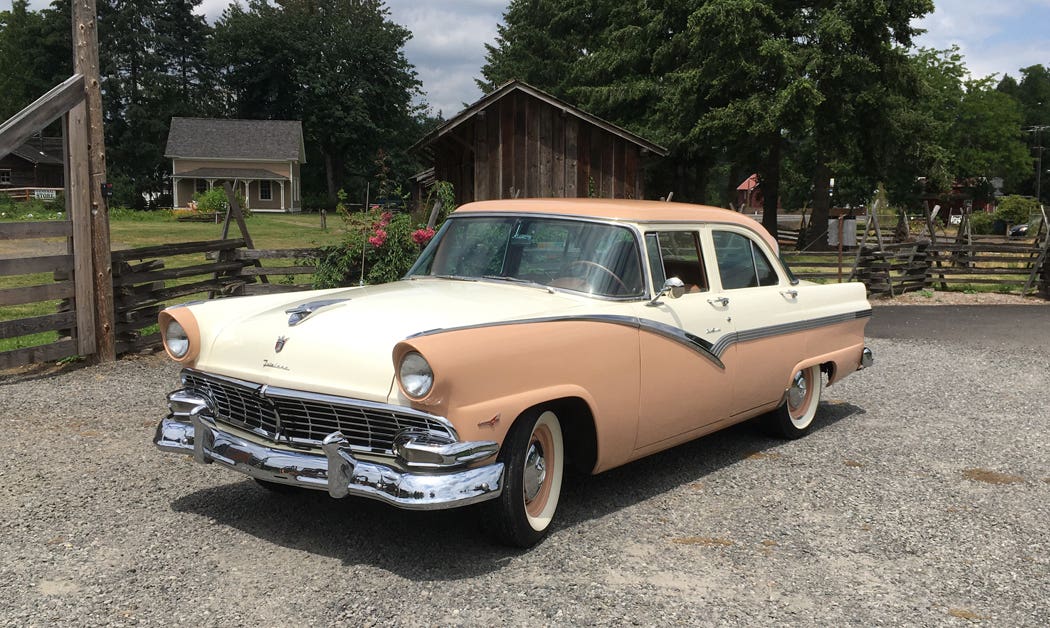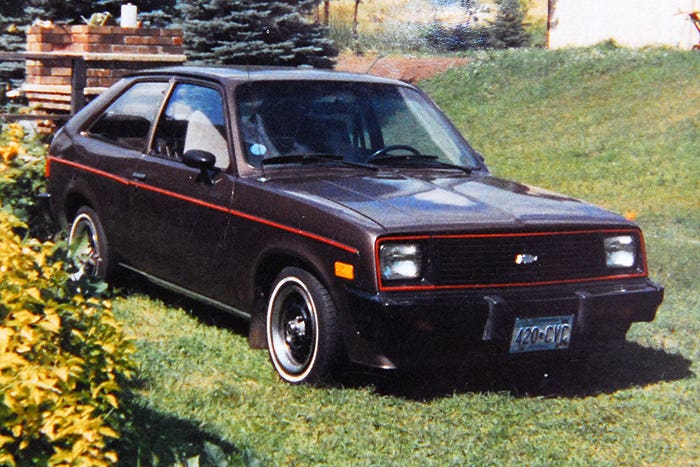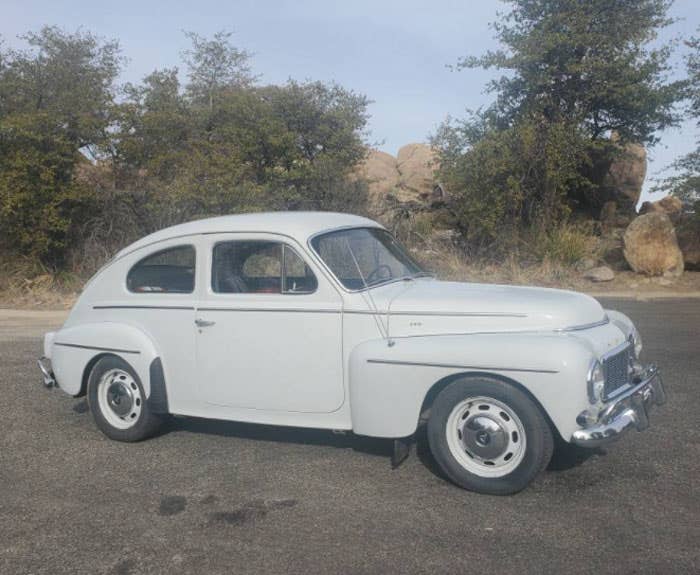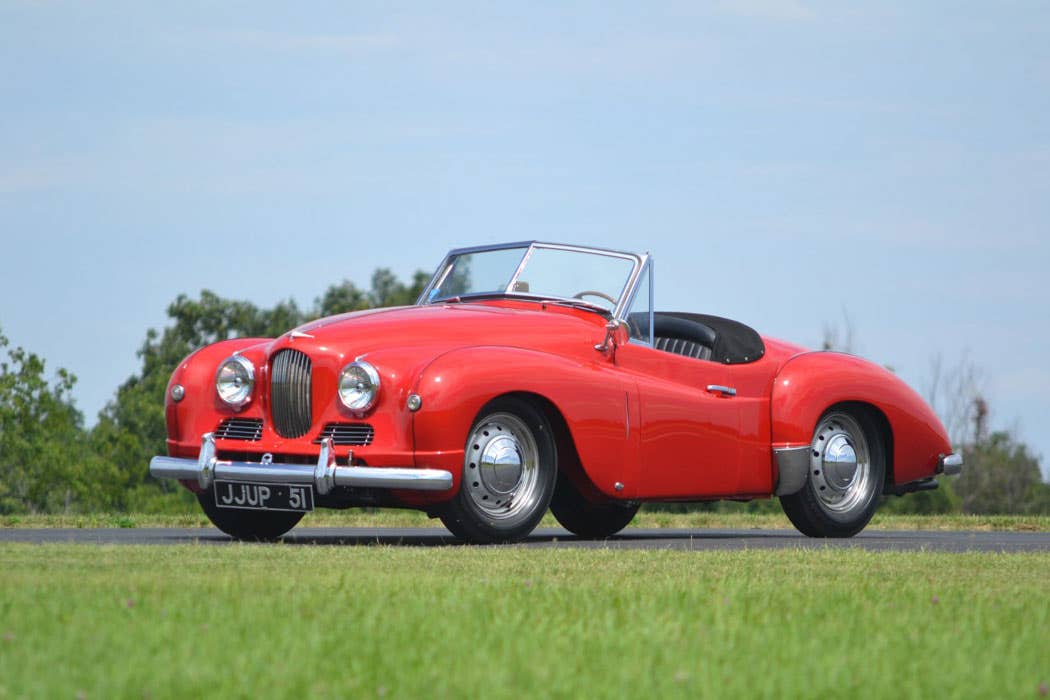Chevy Success: 1936 Was a Year of Greatness During Depression
Chevrolet was rolling from success to success by 1936, and little wonder. GM’s lowest-priced car had become the darling of driveways across America due to value, motoring luxuries, improved ride and styling.
Chevrolet was rolling from success to success by 1936, and little wonder. GM’s lowest-priced car had become the darling of driveways across America due to value, motoring luxuries, improved ride and styling.
Automotively speaking, it wasn’t easy to be a winner in 1936. The soured economy ravaged car company after car company from 1930 through 1935. In January of 1936, the Franklin plant at Syracuse, N.Y., sat quiet, the hum of progress having been halted by financial woes. There was a court contest with the city and a proposal to foreclose to the tune of an unpaid tax bill of $385,000. An entrepreneur in Detroit voiced his hope to purchase the plant.
For 1936, Chevrolet was doing well. This Master Deluxe coupe was a popular choice among Depression-era buyers.
Auburn concluded 1935 with a net loss of nearly $2.7 million. That was devastating news when coupled with the previous 1934 net loss of more than $3.6 million! Total assets for the whole operation by early 1936 were estimated at more than $3.8 million. The 1935 figure reflected a slip of nearly $2 million in assets. It spelled “the end.”
Prosperous Chevrolet
Yet, optimism reigned at Chevrolet. Its firm position in the low-priced field meant that while higher-priced cars might topple from production heights and wane in memory, many buyers were abandoning that field in favor of medium-priced and low-priced offerings.
This Master Deluxe coupe rolls on pressed-steel wheels, although wire wheels were optional. The right taillamp and bumper guards were dealer-installed accessories.
“Indications point to a good business year in 1936,” said M.E. Coyle, who headed Chevrolet Motor Co. as general manager and president. His words were issued in early January of 1936. “Two significant facts indicate how our company regards the near future. We spent $25 million in plant expansion during 1935. The public has accepted our new models with an unprecedented enthusiasm that shows no abatement.”
That was a 25 percent expansion. “A manufacturing company does not expand its production capacities by one-fourth unless it feels confident about the future,” Coyle added. “The motoring public does not buy more than 180,000 Chevrolets in November and December unless there is need for new cars, buying capacity to purchase such quantities of large package merchandise and a confidence in continued economic improvement. Barring unpredictable accidents, the progress made in 1935 should continue in the automobile industry. That industry is so large that as its forward movement continues, the effect produced upon all industry will be beneficial.” He concluded with the observation that America had reclaimed its “former enterprising spirit, and this is a real basis for optimism.”
In a survey of 23 states, the new 1936 Chevrolet was first in sales in all but three, with Ford running first in New Hampshire and North Dakota and Plymouth claiming top spot in Rhode Island. Overall, Ford consistently was running second, with Plymouth taking most of the third-place spots. Chevrolet was dominating the car markets in Pennsylvania, one of the biggest sales markets at the time. Chevrolet sales in that state alone for December of 1935 came to well over 23,000 units. This was a figure that would have meant potential salvation for Auburn or Franklin as a year-end total!
General Motors gambled on the future. There was no guarantee the economy would revive, and, in truth, there were more financial bumps to ride as the 1930s wound near conclusion. The optimism of GM executives was based on more than hopes or whims. There were facts. For 1935, GM overseas volume, for example, was nearly 29 percent ahead of 1934, and one analyst noted this marked “a full return to the levels prevailing in the peak years of 1928 and 1929.” Plants were spinning out new GM cars not only in America but also Canada, England and Germany. Sales of GM cars overseas were reflecting “substantial gains in practically all of the 104 countries comprising the overseas market,” noted Chevrolet.
In America, Chevrolet was claiming 27 percent of the market, to Ford’s 23-1/2 percent and Plymouth's nearly 14 percent. The aggregate total of the “Big Three” car makers (GM, Ford, Chrysler Corp.) was around 65 percent. Other car makers sliced up the remainder of the market.
Directing the dealers
Chevrolet did something else that proved very wise. Its executive field force was called to the main office in Detroit in late April of 1936. W. E. Holler, Chevrolet vice president and general sales manager, was in charge of the pep talk. Included in the huddle were nine regional managers, all 47 zone managers, and 21 city managers. In all, personnel from Chevrolet's 10,000 dealers were represented by the executives.
For those who wanted an open Chevrolet in 1936, the company offered this Convertible Cabriolet. It was the only convertible in the Chevrolet stable that year.
Those dealers were to “reap maximum benefit from the elaborate sales machinery set up by Chevrolet,” said Holler. “In anticipation of the greatest automotive market that has developed for several years, the company has gone ahead with several organization steps entirely new and unique. It has an entire department, with personnel throughout the United States, devoting all its time to the training of Chevrolet salesmen. Another whole department concentrates its attention on used cars, with highly gratifying results. The maintenance of a quality dealer body, with the right number of dealers in each community — each dealer properly located, staffed, and equipped — is the concern of still a third department. Dealer accounting and management occupies a fourth.”
What Chevrolet officials realized was that the success of factories was directly equated with successful sales through a lively and healthy dealer organization. Without good outlets to buyer John Q. Public, Chevrolet factories would fall silent — as they did for Franklin and Auburn.
Not very popular among buyers, the Convertible Cabriolet saw only 3,629 examples leave the factory in 1936.
Knee-Action suspension and all-steel Turret Top construction were hallmarks of the 1936 Chevrolets. To trumpet these virtues to buyers, Chevrolet took to radio airwaves with its electrically transcribed program, “Musical Moments.” Works from light musicals and popular tunes were sung and played with commercial plugs for Chevrolet interspersed between. The programs were produced under the auspices of Chevrolet and issued on 16-inch records, one 15-minute program per side. Local dealers were the conduit to stations, paying for air time as needed or leaning on friends for free time, if possible, when there was no competitor in town and the Chevrolet owner may have held a prominent position in local politics or social circles.
Safety affects sales
Increased output meant greater risk of injury among the factory work force. But with General Motors, that risk was greatly minimized for 1936. After all, injured workers meant delay, even sporadic shut-down of a line. It wasn't good for morale, either, let alone humanitarian concerns. For the first three months in 1936, the GM plants were reporting fewer accidents than any other similar period in company history. That was quite an achievement, since 74 plants were active in the United States and Canada. This included all types of accidents, and one reporter noted this indicated “that General Motors’ workers are considerably safer at their work than they are on the streets or in their homes.”
This four-door sedan wears dual sidemount spare tires. The option was a rare one and is seldom seen on 1936 Chevrolets.
Specifically, in the first three months of 1936, there were only slightly less than five hours of lost time due to accidents for every million hours of work in GM plants. Impressive. This was an improvement of about 38 percent when compared to the same quarter in 1935. This was an even greater achievement when a substantial increase of work hours for 1936 was figured in.
With so many waves of success in 1936, Chevrolet was encouraging dealers to join their ranks in areas where new outlets were needed, by factory mandate. “When you have the Chevrolet franchise, you have friends,” said the factory, sometimes running ads with this slogan bannered at the top and including a handshake blazoned inside the outline of the famous Chevrolet bow tie.
Dealers were encouraged to sign on, since their margin for profit was increased through the sale of trucks, too. “To the new series of Chevrolet passenger cars for 1936 — the only complete low-priced car — Chevrolet now adds a complete line of trucks and commercial cars, and thereby gives its dealers another great money-making opportunity,” said officials.
“Chevrolet has made three major improvements in these new 1936 Chevrolet trucks: (1) It has increased power; (2) It has reduced operating costs to a new record low; and (3) it has modernized truck design and construction in every important part and feature. The proud result is America’s most economical high-powered trucks — trucks which will be the first choice of alert business men — just as the new 1936 Chevrolet passengers cars are the first choice of the motoring public.”
With so many successes going for Chevrolet in 1936, just imagine the smiles that must have resulted around the table of GM’s executive board!








